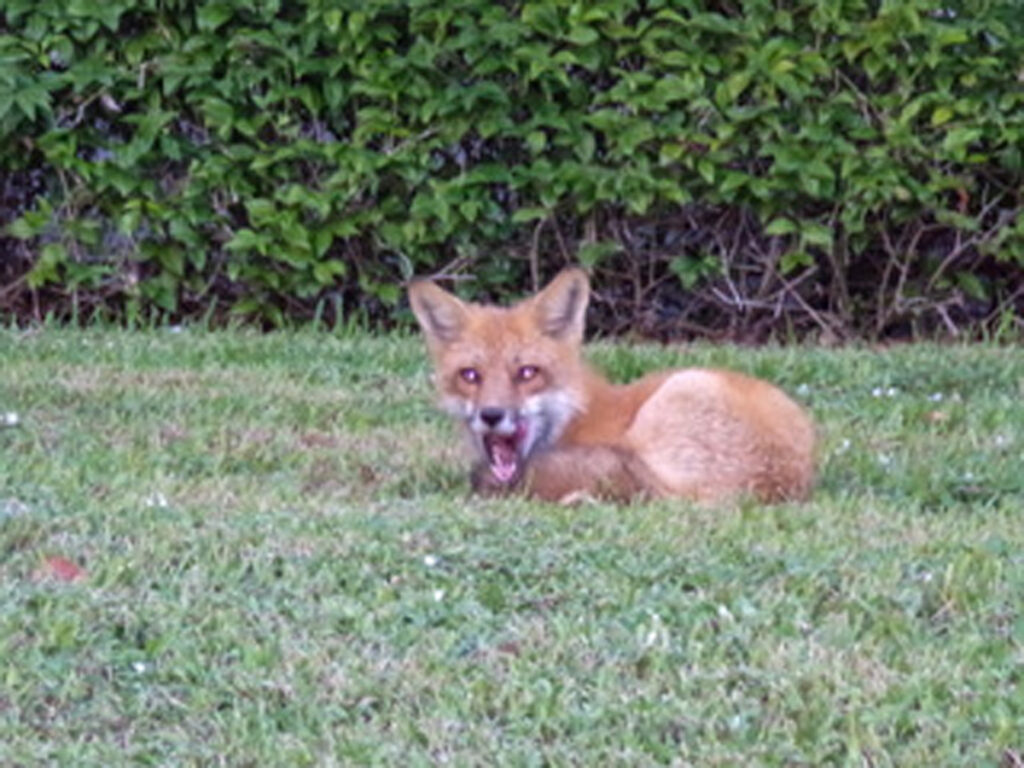Kylee Goodger, a senior at Indian River Charter High School, recently encountered a wild fox lounging in her yard.
Compelled by the sighting, she swiftly picked up her camera to photograph the fox and named it Cotton-Eye, inspired by the Rednex tune “Cotton-Eye Joe.”
Goodger recounted to Sebastian Daily, “The fox had just chilled in my yard and then left and crossed the road by Highland Animal Hospital. Then he started running towards the river on the side of the road. I do not know where the fox is now.”
She even brought the pictures to her yearbook class at the high school to share.
In Florida, the red fox and the gray fox are the two species people might encounter. The one Goodger saw resembles a red fox. These animals typically sport a rust-red coat, a white belly, black-tipped ears and paws, and often a white-tipped tail.


Their red color can range from a deep chestnut to a light golden shade. Found throughout Florida, they are considered naturalized, meaning they’re not native but have successfully adapted and are now thriving.
While red foxes are more prevalent in the state’s northern regions, such as the Panhandle, they can be spotted statewide. Dawn and dusk are the prime times for sighting these creatures, who boast remarkable hearing abilities and can detect prey several miles away.
An interesting detail about red foxes is they can make 20 different sounds, which can be mistaken for other nocturnal beings like owls or lynxes.
Daytime sightings of foxes shouldn’t be alarming, but it’s wise to keep your distance. Do not attempt to feed or pursue them; they’ll typically flee when humans are near. A fox that doesn’t retreat may have grown accustomed to being fed by people and might show undue boldness or even approach you.








